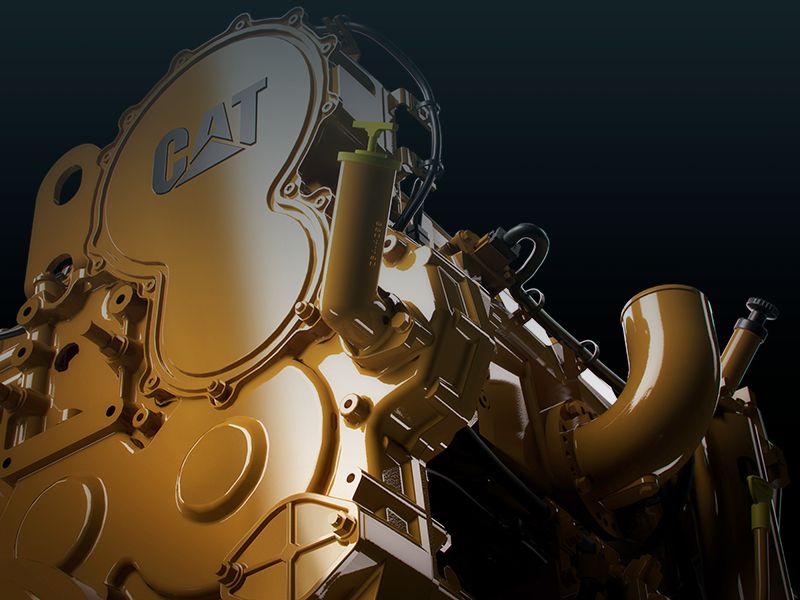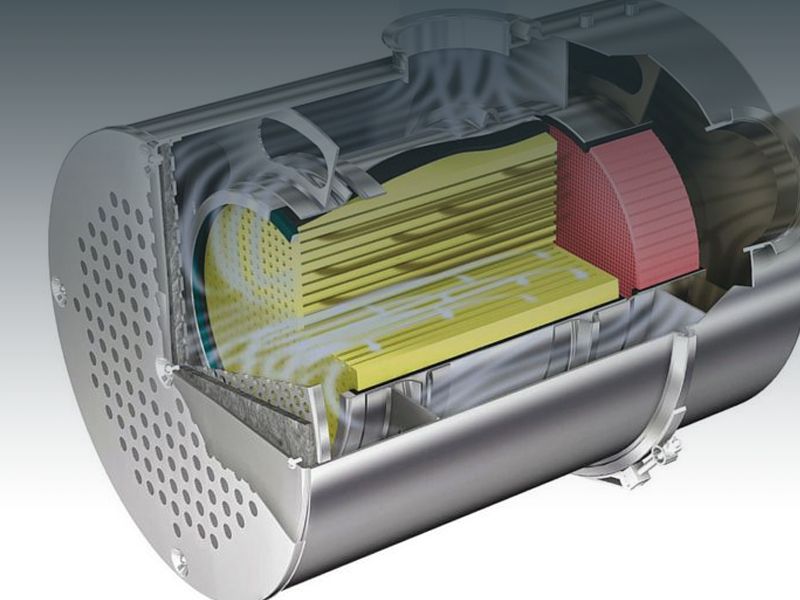Se connecter
Bienvenue ! Connectez-vous pour personnaliser votre expérience Cat.com
Si vous vous avez déjà un compte auprès d'une autre application Cat, vous pouvez utiliser le même compte vous connecter ici.
Inscrivez-vous dès maintenant
Un compte. Tout Cat.
Votre compte Caterpillar est l'unique compte que vous utilisez pour vous connecter et choisir des services et des applications que nous proposons. Recherchez des pièces et des machines en ligne, gérez votre parc, devenez mobile, et bien plus.
Informations sur le compte
Paramètres du chantier
Sécurité


